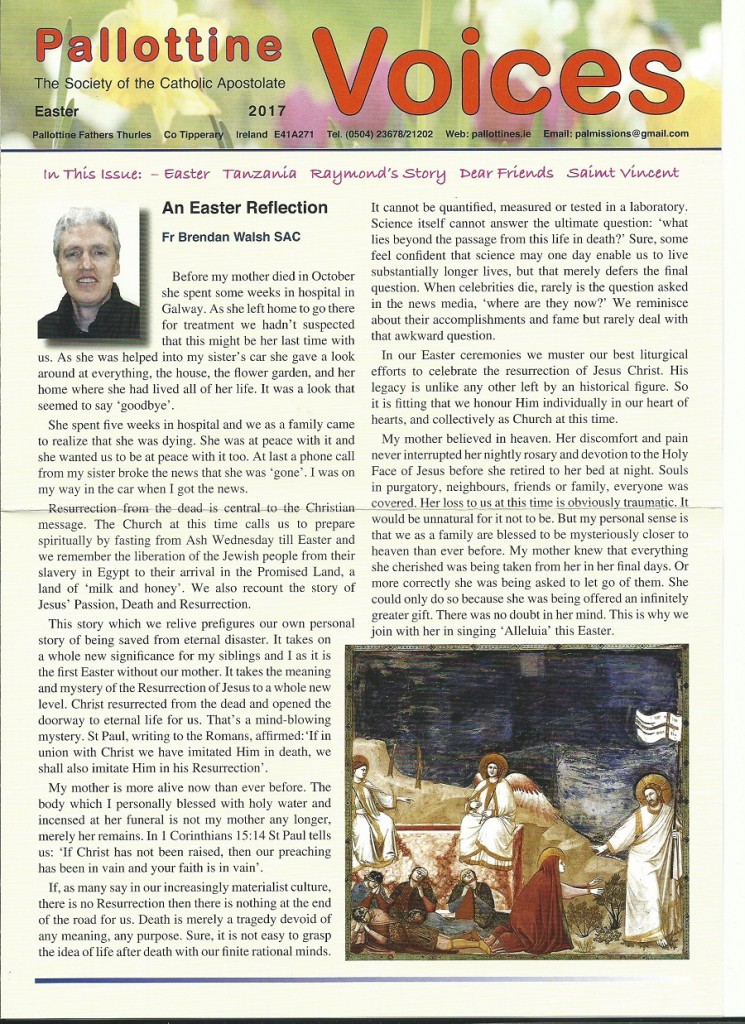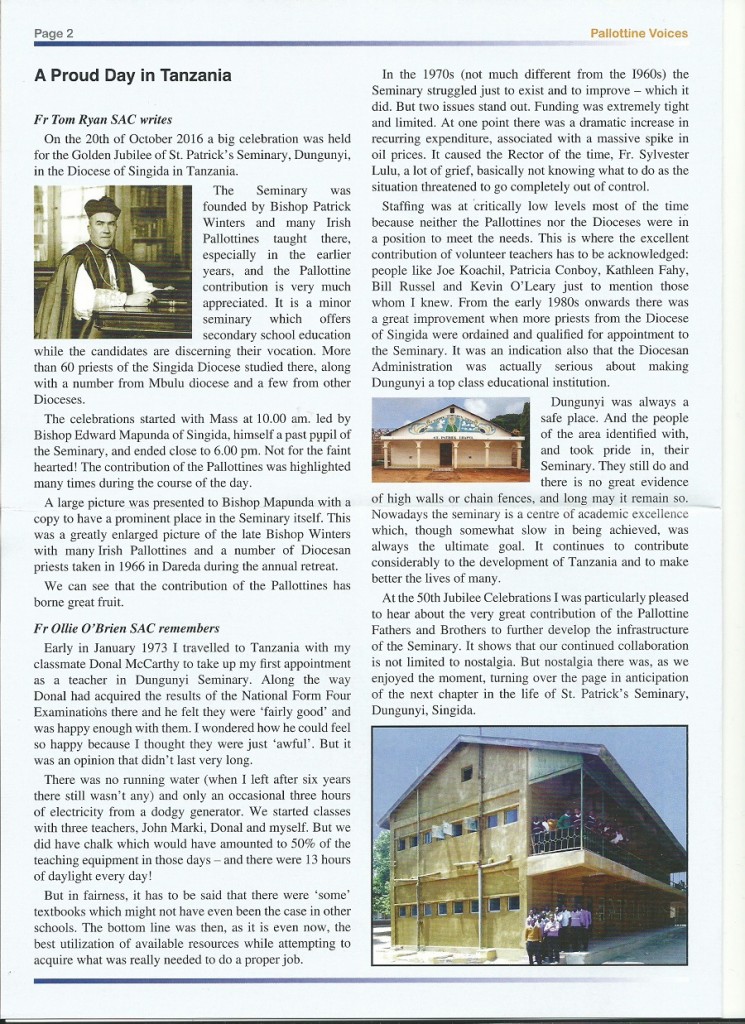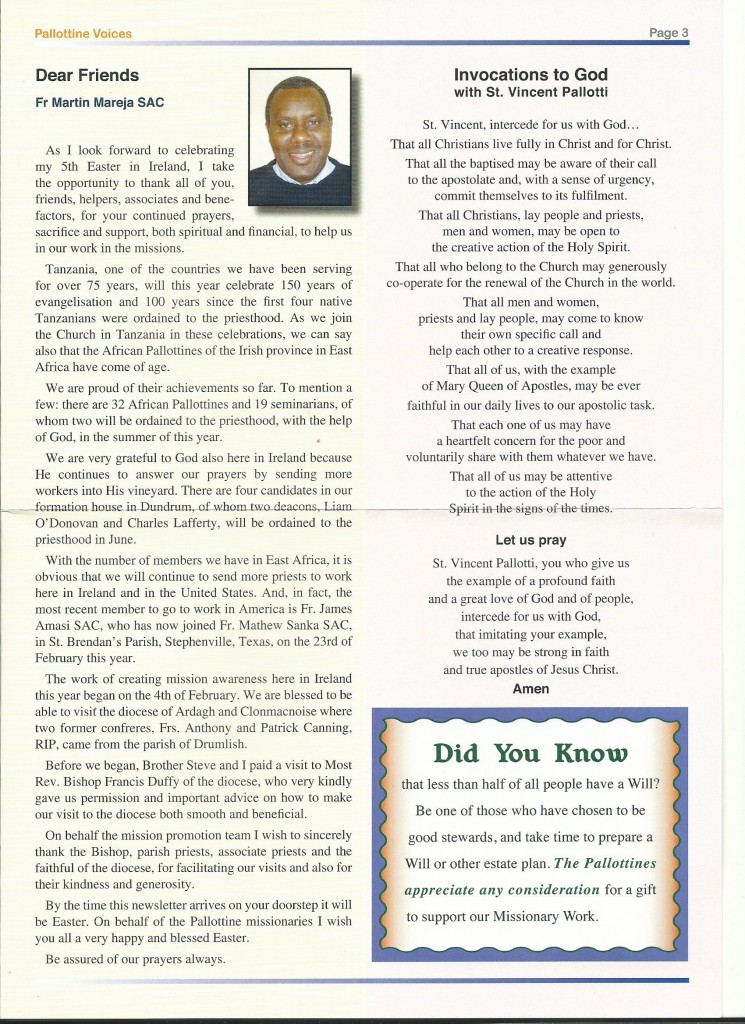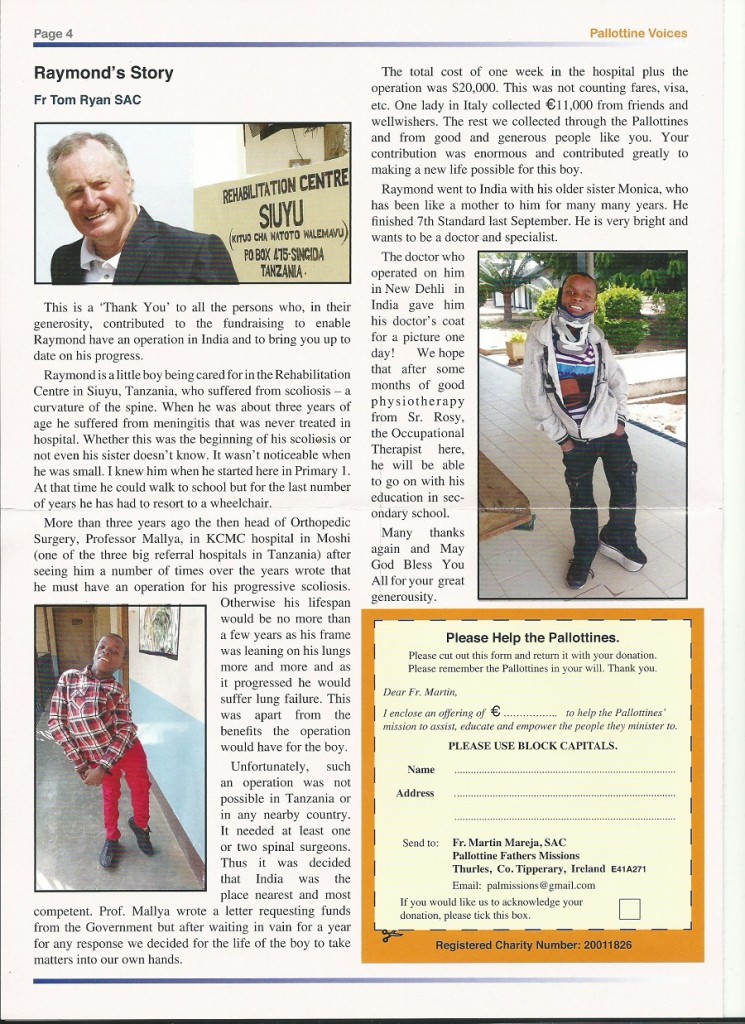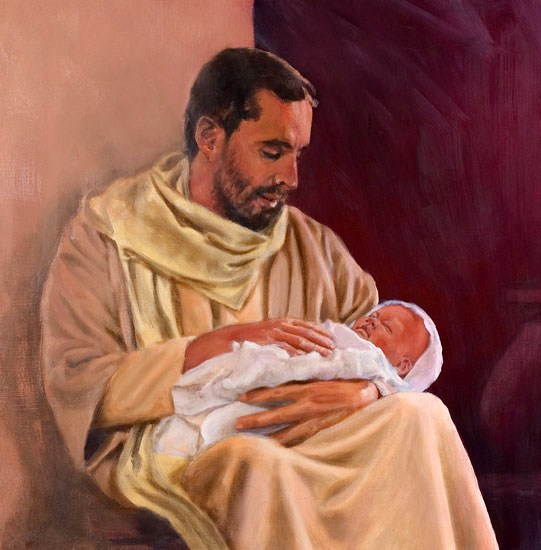 God does not see as we see. We look at appearances but God looks at the heart, the interior. (1 Samuel 16:6-7). In the healing of the blind man God seeks to lead us to the opening of the eyes of our mind, heart and soul so that we learn to see as God sees, that we come to see the presence of God in every circumstance of life, to recognize the blessings that flow from the presence of God, “that the works of God might be displayed” (John 9).
God does not see as we see. We look at appearances but God looks at the heart, the interior. (1 Samuel 16:6-7). In the healing of the blind man God seeks to lead us to the opening of the eyes of our mind, heart and soul so that we learn to see as God sees, that we come to see the presence of God in every circumstance of life, to recognize the blessings that flow from the presence of God, “that the works of God might be displayed” (John 9).
A central purpose of the miracles of Jesus is to lead us to faith, a deepening of faith which in turn leads us to worship God. That was the purpose of the Exodus from slavery in Egypt – that the people of Israel could be free to worship God. The man cured of his blindness arrived at a point faith, “The man said, ‘Lord, I believe’, and worshipped him” (John 9:38). The miracles are also of course expressions of the compassionate love that God has for us all, especially anyone in distress.
Blessings come to us in many ways – the formal blessing of the Church given through a priest; the blessing given by parents and godparents in the liturgy of baptism; the general blessing we give to each other when we say, “God bless!” There is also the blessing of a dying parent such as in the case of Isaac blessing Jacob, a blessing that is permanent and cannot be revoked. I was blessed by my mother before she died. I have also been blessed by children.
A couple of days ago, I went to anoint a man who is soon to die. We celebrated the sacraments of absolution, anointing and Eucharist and it was a very peace filled encounter. As I was leaving I asked him to bless me and he held my face in his hands, a gesture that sent a tingling sensation through me and brought tears to my eyes. And it feels to me like a blessing that cannot be revoked, a blessing that is true because it is given at that moment in life when pretending has ceased.
That same gesture happened to me many years ago, in Tanzania where I encountered a woman who had been blind for many years. She lived in a remote village and never went anywhere. She was an extremely happy woman who found the blessings of God in her blindness.
After Mass, she would welcome us into her home where she fed us. I wondered if something could be done for her at the Medical Missionaries of Mary hospital 60km away, so I asked her if she would be interested in exploring the possibilities.
An appointment was made and we managed to get the pick-up truck through a rocky track in and out of the village. There was no road. I was driving, with woman and her brother in the front seat beside. It was a slow laborious journey with the truck bouncing up and down and from side to side.
For the woman who could not see, it was hilarious and she shouted out, “there must be a God! Who else would send a priest on such a bad road to take me to hospital?”
 In hospital, they discovered she simply had cataracts which the doctor removed. For us in Ireland cataracts are not a big deal but in Tanzania it usually meant a life of blindness for anyone living in a remote place.
In hospital, they discovered she simply had cataracts which the doctor removed. For us in Ireland cataracts are not a big deal but in Tanzania it usually meant a life of blindness for anyone living in a remote place.
I was there the day the day the bandages came were taken off her eyes. The nurse put glasses on her. I was the first person she saw. She held my face in her hands laughing, thanking God and everyone. It was such a feeling of honour to witness the opening of eyes that were blind, a feeling that can’t be described, a joy that can’t be expressed in words. But I was blessed by that joy.
The experience strengthened the faith she already had; for her community, it awakened a faith they had lost. It wasn’t a miracle but for all of us it was a sign of God’s compassionate presence in our lives, a sign of how he uses us as instruments of healing.
What I pray for is the inner vision to see people and life with the eyes of God so that every experience – good or bad – will lead us to see Him, to enter into a deeper relationship with Him, a life in which I worship Him in spirit and truth.
Fr. Eamonn Monson SAC


